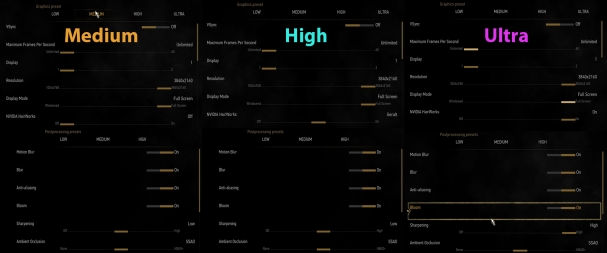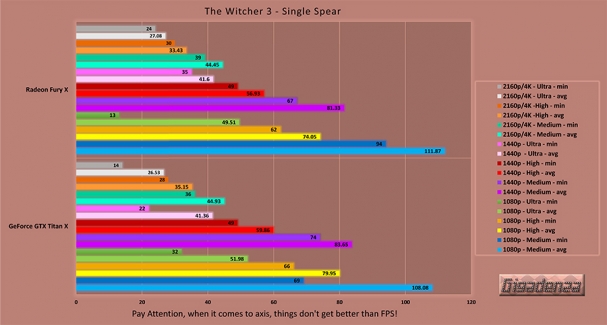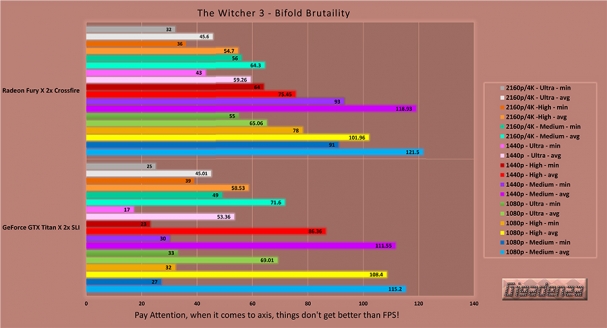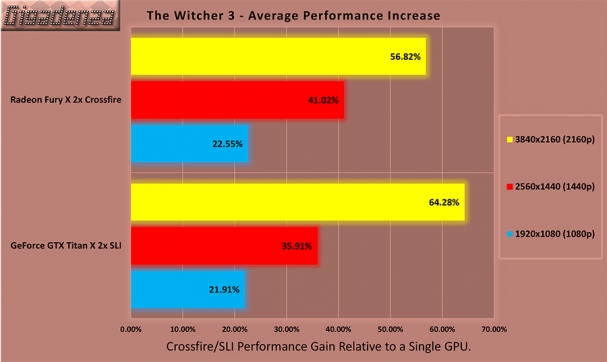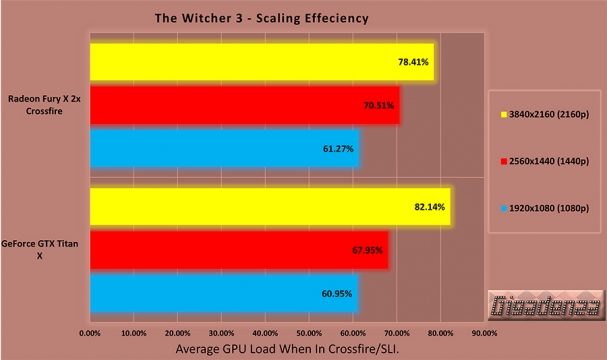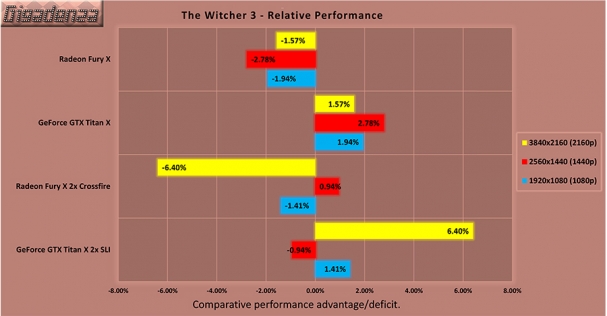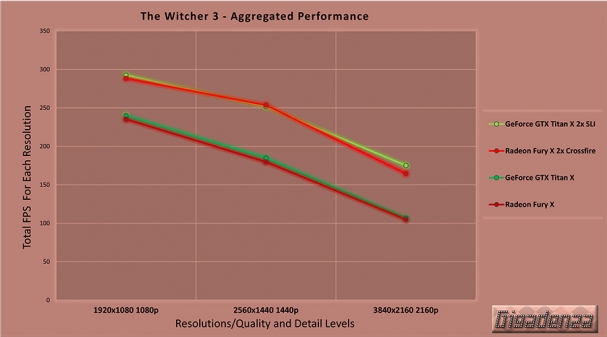An “X” Rated Rumble.
The Witcher 3 – Wild Hunt

The Rhyme of the Ancient Role Player.
Serene sunsets, star laced skies,
gloomy forests foster evil eyes.
Gleaming broad swords, glowing armour,
axes, arrows, blood-stained drama.
Wrathful Warlords, wicked wizards,
darkened caves hide giant lizards.
Fearless warriors stand close at hand
to drive terror and tyranny from the land.
Yet.
Should ire and avarice lead honour astray,
chaotic kings their hearts obey.
Women, children, skin and bone,
steel blades carve souls of stone.
If not Skyrim that we doth preach,
which RPG must we beseech?
Luminous lakes join rolling rivers,
rejoicing in storms that make you shiver.
Wolves await on windswept heaths
neath flora thicker than royal wreaths
to foil your journey by firelight
to a distant town in the dead of the night.
Seek shelter at its humble inn
till dawn, when new quests will begin.
Weapons, relics, spells and gold
from foes whose fates remain untold.
Crypts and castles lined with jewels
under guard of ghastly ghosts and ghouls.
And what sin to not compound such treasures
with those offered by love’s sweet pleasures.
Once destiny forces mankind to cry,
no silver tongue can spin a lie.
An X shall mark the silicon key
to weather the Wild Witcher 3.
Whom do you get if you take Vincent Price’s villainous Witch Finder general, add a soul tinged with benevolence, luminous locks of glimmering grey flowing in the gloaming, claymore skills to stun William Wallace and a lust to maim monsters, fracture feudality, and deliver damsels and innocents from unspeakable devastation…assuming he’s followed the righteous path?
The Witcher 3 - Dual R9 Fury X Vs. Dual Titan X.
Get the Flash Player to see this player.Got it? Of course. Frank Finlay’s legendary Witchsmeller Pursuivant…or…if his sniffing schedule is exceptionally witchy, another curious fictional creation whom forums of infatuated fantasists refer to as “Geralt: The Witcher”.
Its initial chapter having appeared in 2008, this profitable game franchise is based on a cycle of fantasy novels by polish author Andrzej Sapkowski and frequently touted as a technically and materially superior alternative to the Elder Scrolls Saga, despite its mechanics, plot and characters having considerably more in common with those of Assassins’ Creed, which I haven’t indulged in since Ubisoft cut the cord on the “concessionary” copy that accompanied an Antec power supply I acquired back in the in the balmy summer of 2010.
As is inevitable when confronted with any role play romp requiring defter digits than the pedestrian point n click pleasantries of my youth, the challenge is never to triumph, but to perish with passable dignity. To avoid abusing the quick save key, or succumbing to a drunken beggar brandishing a broken lock pick. To escape drowning in a single foot of water, before becoming a lowly mud crab’s main course.
To complete a side quest ridden with the perils of mushroom picking and be rewarded with a spell that unlocks the door to my own roofless house. To snaffle enough tarnished silver to haggle hemp sack, a rusty fruit knife, then bribe my way out of jail for chancing to steel a flask of stagnant mead. And that colleagues, in a knobbly nutshell, conveys my competence as a Dungeoneer. AD&D plus this jaded journeyman equals “Absolutely dead and deader”.
Yes, I’m well aware Mud crabs belong in Elder Scrolls and that you wouldn’t class Assassin’s Creed as AD&D. Your’re right, Desmond is as different from Geralt as genetically forged French Fries are to Walter Raleigh’s par boiled Maris pipers.
Worse still, my memory has faltered. It was Assassin’s Creed 2, not 1, and had come bundled with selected Intel Processors as part of some impulsive joint promotion. I’d ordered a i7-980x expecting a complementary DVD and instead received a flimsy coupon with a URL two yards long printed in characters small enough to make a Sparrowhawk squint.
Typing it in correctly (following several attempts) had presented me with a pointless form that I completed in the best of faith, only for the page to time out when I clicked to submit, which made so angry that I’d sentenced the voucher to bookmark a toilet imprisoned issue of PC Format from the early 90s and thereafter, had promptly cast it to the depths of my sub-concious…until last week, when a seasonal shedding of life’s laundry saw it inadvertently flutter to the floor, causing me to exclaim, “oh!”, stoop to retrieve it, trip over to the tower whose keys I now command, ponderously punch in the URL onw final time and watch with resignation as Chrome drew a big fat blank.
All of which brings us neatly to where we left off and compels me to admit that I haven’t ever actually played Assassin’s Creed 1, 2, 3 or 4 and thus, am utterly clueless over how similar or different they are from The Witcher Trilogy, of which in turn, I have only played the 60 second segment you observe in these videos. Yes, I accept I dabble in subjects that I am ill-disposed to dig deep. You’re right, this entire detour had been a trivial waste of time and my constant wandering off on ever more tenuous tangents is simply an excuse not to elaborate on the kaleidoscopic fountains of knowledge discreetly dividing these paragraphs, because to do so would be to deprive them of their purpose, and render an evening of excel exactitude irrelevant. So, fancy another?
One thing is beyond dispute, every chapter of the Witcher was a delectable demonstration of the technology it utilized. Hyper resolution textures, advanced HDR, sophisticated atmospheric effects and in this, the third episode, Nvidia’s revolutionary “hair works”. A specialized routine intended to enhance the definition and realism of human hair and animal fur.
Where previously, a statuesque Amazon’s fiery mane might have waved uniformly in the breeze much like a flag, or a savage grizzly’s glossy coat would resemble a snake’s skin, inseparable from its owner’s movements and set in stone amidst a howling gale, hair works break both into visible strands with naturalistic randomized motion.
The technique was lauded and reviled with reflective vigour owing to what many concluded were derisory benefits in light of the brutal the penalty it incurred, as well as it allegedly skewing results in Nvidia’s favour.
Settings pertaining to the feature differed depending on the user’s adapter of choice, making a true aubergines to aubergines comparison impossible to achieve unless it was completely disabled.
Nvidia cards initiated only one applicable variable entitled “nvidia hair works”, this was listed under the “graphics” sub-menu and provided options to either to forgo follicular finesse , make it Geralt’s exclusive privilege, or unburden every man woman and beast of their pedal bin toupee. AMD GPUs unearthed an additional field headed “Nvidia Hairworks AA” with selectable values of, x2, x4 and x8.
Built-in presets of “low”, “medium”, high and “ultra” automatically governed the status of both these variables.
In practice, the discrepancy I observed when activating and disabling this advanced form of tessellation was far less pronounced than reported elsewhere. One respectable source compared an r9 390x to a GTX 970 and found the former to be over 20% slower at 1080p “ultra”, the same profile I used for the “fury”, which applies hair works universally and forces “Nvidia AA” to 4x.
The only issue I encountered was a difficulty in engaging crossfire at 2160p. Initially, frame rates at this resolution barely exceeded those when running with a single GPU, suggesting a defective template or tardy support, a curious anomaly in light of there being no such issue at 1080 or 1440p.
After updating the catalyst drivers to version 15.7, the fury’s maiden WHQL certified package – and installing the game’s latest patch*, this problem was resolved and the bonus bestowed by crossfire was greatly augmented. All tests were subsequently re-run to ensure consistency.
Even a die hard data-phobe would encounter little difficulty deciphering these charts, but to burnt- out stock brokers who find the mere glimpse of glowing bars evokes mortal terror, first, well done for making it this far and as a solace, imagine a photo finish closer than when seven hundred line dancing cheetahs took part in a synchronised sprint.
The Fury’s tall but tight quota of RAM once again proved of no hindrance irrespective of quality and dimensions. Stuttering was apparent with both cards when operating in pairs, but in no way disruptive to gameplay, though fluidity was evidently more impressive on those little red machines, an assertion backed up by notably elevated minimum frame rates.
An explanation of how the Fury was able to compensate for its keenly debated shortcomings might well have lain in the swapping routines implemented by the its drivers, which many claimed set a lofty precedent for their aggressive exploitation of system memory as soon as their target’s resources had been expended, leading to speculation that AMD would attempt revolutionise the very concept of driver development by optimizing their future releases for individual applications.
Regardless of all such outlandish theories, The Fiji was a marvel held hostage by it’s founder’s hyperbole for the duration of what could have been a heavenly honeymoon. A ground-breaking design executed with fearless conviction and alluring finesse that would have amassed plaudits and bouquets from across the great graphical divide were it not for an overly bullish promotion at the annual E3 exhibition and a slew of rose-tinted statistics forming part of a controversial “reviewers guide”, which materialised days prior to the product’s launch.
A tad harsh? We were after all sold the Fury as an “over-clockers dream”, given advanced insight into its aptitude at ultra HD with a tantalizing showcase of “Tomb Rader” topping 60 fps. We led to believe through craftily coordinated publicity that it possessed the pedigree not only to displace the product it was allegedly created to compete against, and but also topple the tallest Titan under Green Eye’s tyrannical command.
Was this really a case of devious deception or one two many tech sites assuming swift news is preferable to hard facts and taking selective but ultimately honest statements wildly out of context.
“Fiji is the fastest GPU ever built”. Asserted a triumphant Lisa Su. A bare faced lie, had that been what she’d actually said., though the true quote was.
“Fiji is the fastest GPU AMD has ever built”. Wholly accurate, but hardly rabble rousing.
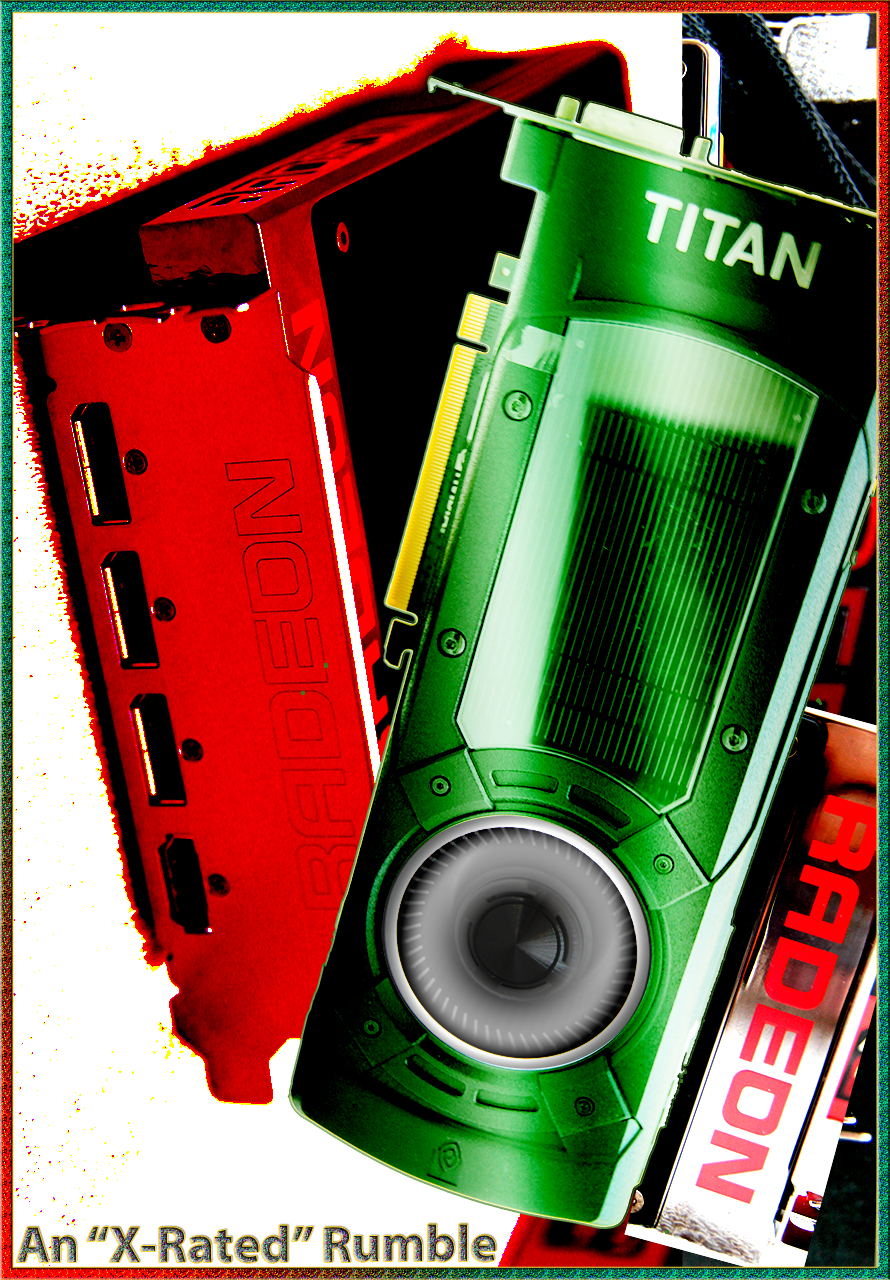
Whilst one could argue that this intriguing enigma’s eternally drawn out release and initially sparce availability did nothing to ingratiate AMD with a feverishly stoked fan base, I cannot help but conclude that had it not been for flocks of enraged and entranced fanboys taking irrational liberties in defence of their chosen empire, wiser scholars of pixel warfare would have been free to appreciate this compact, innovative and exceptionally powerful creation for its numerous merits.
Cast another caustic eye over these results. Did any impartial pixaholic really expect more than for it hang fire with a Titan X for two thirds of the price?
Are you not be prepared to be merciful and overlook the limited over-clocking, lack of HDMI 2.0 or, wait, do you hear something? What’s that noise? Waiter! Waiter! There’s a mosquito in my pump…. and it sounds like he’s break testing a jet ski.





